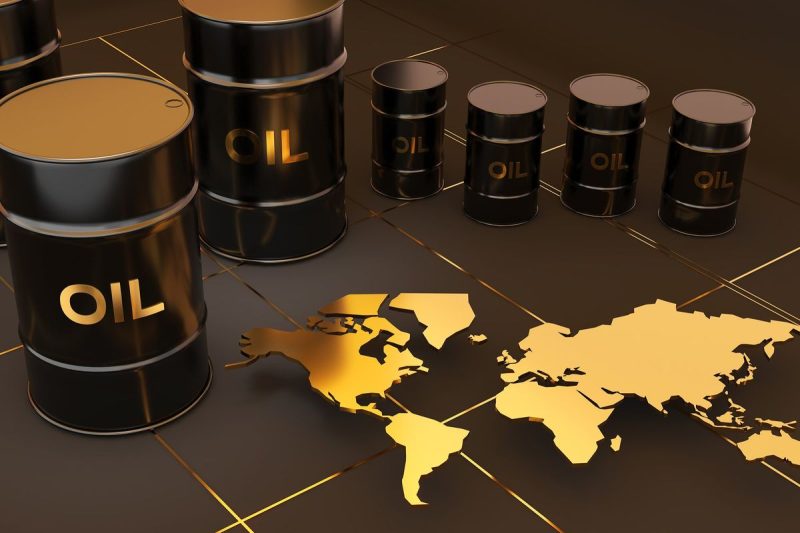1. United States:
The United States remains the largest oil-producing country in the world, owing to advanced technologies that have perfected techniques like fracking and horizontal drilling. The Permian Basin in the south-eastern part of the country is the most productive field, accounting for a significant part of US crude oil production. With the continuous improvement of technology and expertise, the United States managed to maintain its leading position despite an up-and-down oil industry.
2. Saudi Arabia:
Saudi Arabia has long been synonymous with oil production. It possesses about 16% of the world’s total petroleum reserves and remains a leading player in the Organization of the Petroleum Exporting Countries (OPEC). It is home to the Ghawar Field, the most abundant oil field globally, and is heavily focused on both maintaining and growing its oil production capacities in the coming years.
3. Russia:
Russia’s oil industry continues to thrive despite challenging climates and remote locations of key reserves. Their numerous oil-producing regions, like Western Siberia, the Volga-Urals, and Eastern Siberia, have led the country to an impressive oil-production rate. In partnership with major local oil companies, Russia develops new technologies and methods for extracting oil, maintaining its place on this list.
4. Canada:
Rich in oil sands, Canada has increased its oil production over the years to become one of the world’s top oil-producing countries. The majority of Canada’s oil comes from its oil sands in Alberta. Despite criticism for the environmental impact of oil sand extraction, Canada has made significant strides in making the process more environmentally friendly. New technological developments are likely to strengthen Canada’s position in the global market.
5. China:
The fifth-largest oil-producing country, China, has decades of oil production in giant fields like Daqing and Shengli. China’s oil demand has also grown exponentially, leading to increased domestic production. Also, through partnerships with various oil-rich nations, China invests heavily in oil resources worldwide, creating a vast global oil network.
6. Iraq:
While Iraq’s history is marred with political instability and conflict, it still stands as one of the top oil-producing countries. It holds the fifth-largest proven oil reserves globally. Its oil production centers primarily in the southern part of the country, around Basra, and in the Kurdish north.
7. UAE:
The United Arab Emirates, particularly Abu Dhabi, boasts some of the world’s largest oil reserves. The UAE’s national oil company, Abu Dhabi National Oil Company (ADNOC), manages and oversees oil production, which currently stands at over three million barrels per day.
8. Brazil:
Brazil is South America’s leading oil producer, having dramatically increased its production in the past decade. Offshore pre-salt reserves, lying below thousands of meters of salt beds deep in the Atlantic Ocean, have been the primary driver of this boom.
9. Iran:
Despite facing economic sanctions, Iran continues to produce a considerable amount of oil, attributing to its vast reserves, the fourth biggest in the world. The country’s primary oil fields lie in Western Iran, particularly in the province of Khuzestan.
10. Kuwait:
Rounding out the top ten is Kuwait. Despite its small size, Kuwait boasts about 8% of the world’s proven oil reserves. They have three significant oil fields, with the Burgan field being one of the world’s largest. Kuwait continues to explore new strategies to extract heavy oil reserves, launching them into higher production levels.
Each of these countries boasts its achievements and challenges in oil production. The future of the oil industry will undoubtedly be affected by a variety of factors, including geopolitical considerations, technological advances, and environmental concerns. However, these countries’ ingenuity, resilience, and vast oil reserves ensure their place in the top ten oil-producing nations globally, for now.




